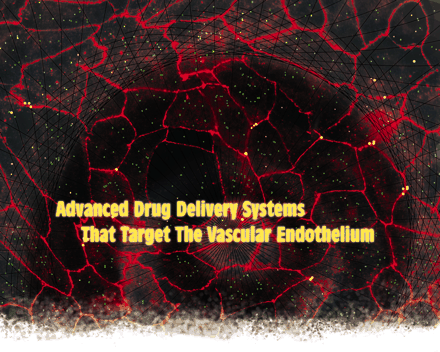Advanced Drug Delivery Systems That Target The Vascular Endothelium
Abstract
Targeted drug delivery to endothelial cells lining the vascular lumen will provide effective, precise andsafe therapeutic interventions for treatment of diverse disease conditions. Rational design of such drug delivery systems (DDS) includes the following intertwined tasks: 1) selection of proper target determinants on endothelial surfaces, such as cell adhesion molecules, ectopeptidases, or caveolar antigens; 2) production of affinity ligands useful for targeting, such as affinity peptides, antibodies, or their fragments; 3) selection and adopting of suitable delivery vehicles (such as liposomes or polymer nanocarriers); and 4) formulation of DDS with optimal targeting and therapeutic features. Important therapeutic features of DDS include: 1) sufficient targeting effectiveness, circulation time, and safety (i.e., lack of systemic and local adverse effects); 2) precise subcellular localization of drugs targeted to endothelial cells; and 3) adequate amplitude, kinetics, and duration of effects. This review utilizes examples of DDS-mediated interventions in vascular inflammation, oxidative stress, and thrombosis and analyzes them in an attempt to create design parameters that best regulate the pharmacological and therapeutic features of DDS that target endothelial cells.

- © American Society for Pharmacology and Experimental Theraputics 2006



